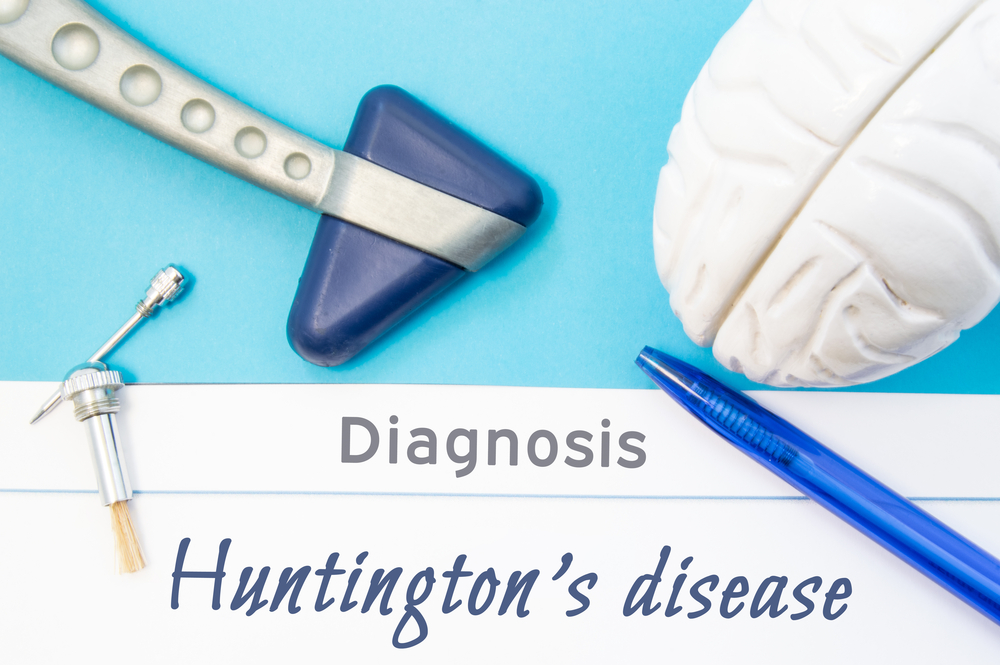Comprehensive Guide to Huntington’s Disease: Symptoms, Diagnosis, and Effective Management Strategies
This comprehensive guide explores Huntington’s disease, detailing its symptoms, methods of diagnosis, and current treatment options. With no cure yet available, early detection and multidisciplinary management are vital for improving patients’ quality of life. The article emphasizes the importance of genetic testing, symptom management strategies, and ongoing research efforts toward potential cures, offering hope for those affected by this progressive neurodegenerative disorder.

Comprehensive Guide to Huntington’s Disease: Symptoms, Diagnosis, and Effective Management Strategies
An In-Depth Look at Huntington’s Disease: Understanding Symptoms, Diagnostic Procedures, and Treatment Options
Huntington’s disease (HD) is a complex, inherited neurodegenerative disorder which progressively worsens over time, impacting an individual’s physical, cognitive, and emotional well-being. Despite ongoing scientific research, there is currently no cure for HD; however, advancements in medical care and symptom management have provided hope and improved quality of life for many patients. Recognizing the early signs of HD is crucial for timely diagnosis and intervention, which can help slow disease progression and manage symptoms more effectively.
Huntington’s disease primarily affects the brain's neurons, leading to a cascade of neurological issues that evolve over years. It is a hereditary condition, passed down through genetic mutations. The typical onset occurs between ages 30 and 50, although some cases may appear earlier or later. Currently, approximately 30,000 individuals across the country live with HD, with many others being at risk due to family history. The course of the disease varies significantly among individuals, making personalized treatment plans essential for effective management.
In this comprehensive guide, we will explore the detailed symptoms of Huntington’s disease, the diagnostic procedures used to confirm its presence, and the various strategies available to manage and treat this challenging disorder. With greater awareness, early detection, and a multidisciplinary approach, patients can improve their quality of life despite the absence of a cure.
Understanding the Core Symptoms of Huntington’s Disease
Huntington’s disease manifests through a wide array of symptoms that typically develop gradually. The most recognizable features involve motor disturbances, cognitive decline, and psychiatric issues. These symptoms often appear at different rates and intensities among individuals, which makes personalized care essential.
Motor Symptoms: One of the hallmark signs of HD is involuntary jerky movements known as chorea. Patients may also experience muscle rigidity, slow or abnormal eye movements, poor coordination, and problems maintaining posture. As the disease advances, voluntary movements become increasingly difficult, and patients may develop difficulty swallowing, slurred speech, and gait disturbances.
Cognitive Impairments: Cognitive decline is a core feature of HD, beginning with subtle difficulties in concentration, planning, and decision-making. Over time, individuals may experience significant memory deficits, impaired judgment, and decreased ability to learn new information. These cognitive changes can severely impact daily life and independence.
Psychiatric and Emotional Changes: Emotional health is profoundly affected in HD patients. Common psychiatric symptoms include depression, irritability, anxiety, and mood swings. Some individuals may exhibit aggressive behavior or social withdrawal. Psychiatric symptoms often precede motor manifestations, sometimes serving as early warning signs.
Early Signs and Symptoms: Recognizing Huntington’s Disease
Early detection of Huntington’s disease is crucial for effective management. Initial symptoms are often subtle and can be mistaken for other neurological or mental health issues. Typical early signs include:
Clumsiness or problems with coordination
Mood swings, depression, or irritability
Memory lapses or difficulty concentrating
Social withdrawal or reluctance to participate in activities
Unintentional movements or twitching
Individuals noticing these symptoms should seek medical evaluation from a neurologist or genetic counselor for proper diagnosis and guidance. Early diagnosis allows for better planning of management strategies and supports tailored interventions to improve quality of life.
Diagnostic Procedures for Huntington’s Disease
Diagnosing HD involves a combination of clinical assessments, genetic testing, and imaging studies. The diagnostic process typically includes:
Neurological Examination: A detailed neurological exam evaluates reflexes, muscle strength, coordination, gait, and other nervous system functions.
Neuropsychological Testing: These tests assess cognitive functions, memory, and executive functions to identify impairments associated with HD.
Genetic Testing: A definitive diagnosis often requires a blood test to detect the presence of the Huntington’s gene mutation—specifically, identifying the expanded CAG repeat in the HTT gene. This test not only confirms diagnosis but also helps assess the risk in at-risk individuals.
Imaging Tests: MRI and CT scans help visualize brain atrophy, especially in the basal ganglia, and rule out other causes of neurological symptoms.
Early use of these diagnostic tools can facilitate interventions, psychological support, and planning for future care needs.
Managing and Treating Huntington’s Disease
While there is currently no cure for Huntington’s disease, a multidisciplinary approach can significantly improve patient outcomes and help manage symptoms effectively. Treatment plans generally include medication, physical therapy, occupational therapy, speech therapy, and psychological support.
Medications for Symptom Control
Several medications are available to alleviate specific HD symptoms:
Motor Symptoms: Tetrabenazine and deutetrabenazine are approved for controlling chorea. Antidepressants and antipsychotics may also be prescribed to manage irritability, depression, and behavioral issues.
Cognitive and Psychiatric Symptoms: Antidepressants, mood stabilizers, and antipsychotic drugs can help stabilize emotional health and improve cognitive function.
Supportive Therapies and Lifestyle Adjustments
Beyond medication, supportive therapies play a vital role in maintaining quality of life:
Physical Therapy: Focuses on improving coordination, strength, and mobility, helping patients maintain independence for as long as possible.
Occupational Therapy: Aids in adapting daily activities and environments to reduce risk and enhance safety.
Speech Therapy: Addresses difficulties in speaking and swallowing, which are common as the disease progresses.
Psychological Support: Counseling and support groups provide emotional assistance, coping strategies, and social connection.
Future Directions and Research
Ongoing research efforts aim to find disease-modifying therapies and ultimately, a cure. Advances in gene therapy, neuroprotective agents, and stem cell research hold promise for reversing or halting the progress of HD. Patients and families are encouraged to participate in clinical trials to contribute to scientific discovery and gain access to emerging treatments.
In conclusion, Huntington’s disease remains a formidable challenge, but with comprehensive care, early diagnosis, and ongoing research, individuals affected can lead more comfortable and meaningful lives. Awareness and support are essential components in managing this complex neurological disorder.





